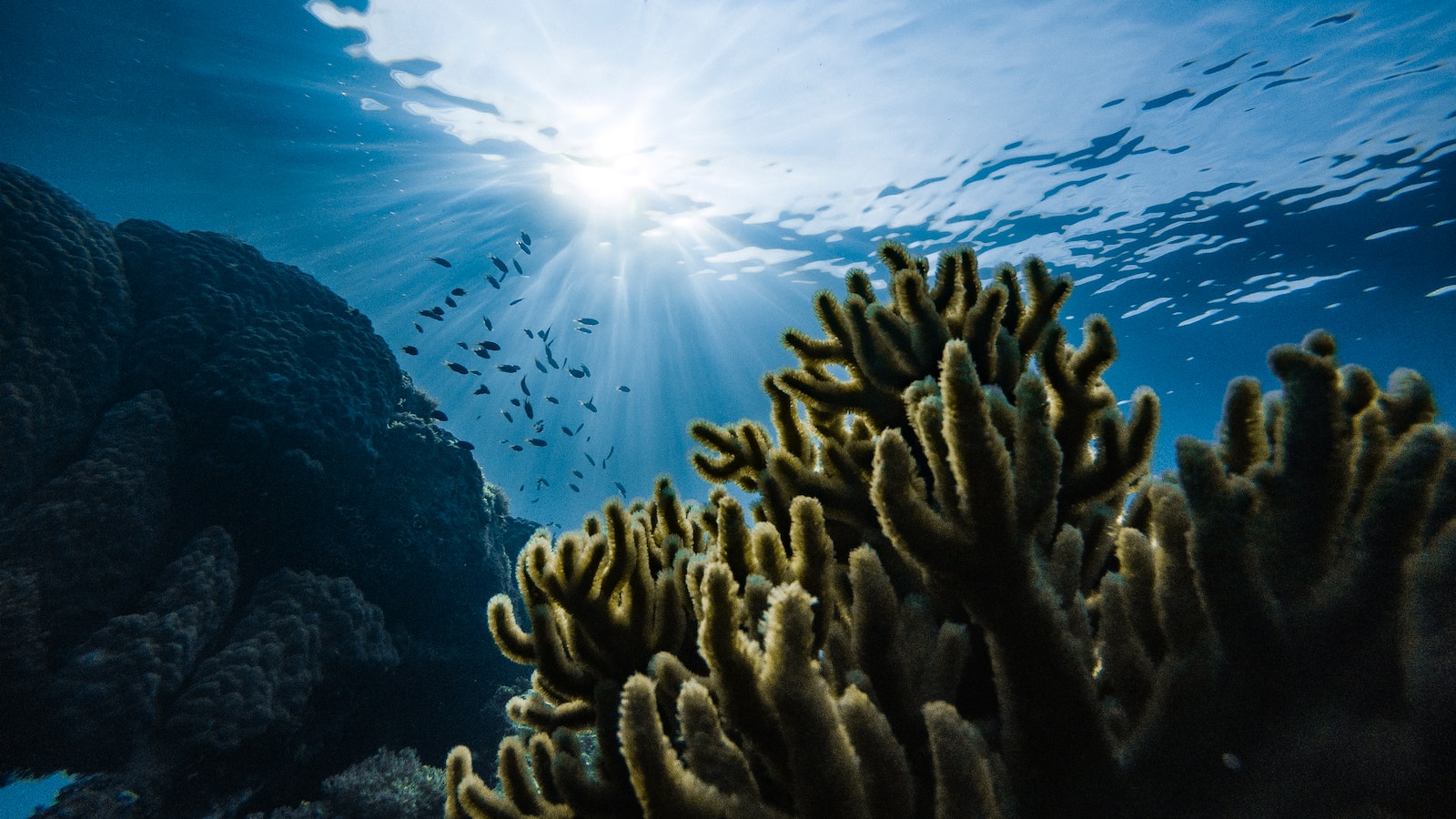Table of Contents
ToggleIntroduction: A Paradoxical Impact of Climate Change
Climate change, with its rising sea levels and melting glaciers, casts a long shadow over coastal ecosystems. Mangrove forests, uniquely adapted to thrive in salty environments, are particularly vulnerable to inundation. However, a recent study by researchers at the University of Wollongong has uncovered a surprising paradox: sea level rise is actually encouraging mangrove expansion on some Great Barrier Reef islands.
Howick Islands: A Tale of Two Sea Level Changes
The Howick Islands, part of the Great Barrier Reef, have a unique history that has shaped their response to rising sea levels. During the Last Glacier Maximum, around 12,000 years ago, rising sea levels fueled the growth of coral reefs. However, when sea levels receded 10,000 years later, these reefs succumbed to dehydration. Their demise left behind a legacy of salt, dead coral, and ocean sediment, interspersed with patches of mangroves clinging to the islands’ edges.
A Serendipitous Outcome: Mangroves Thriving Amidst Rising Seas
With the current rise in sea levels, conditions on the Howick Islands are once again favorable for mangroves. The researchers, using drone imagery and ground surveys, documented a remarkable expansion of mangrove forests on these islands. Over the past five decades, mangrove biomass has increased by an astonishing 10,000 metric tons, and the forests have grown considerably denser.
Ecological Benefits: Mangroves as Carbon Sinks
This unexpected flourishing of mangroves on the Howick Islands holds significant ecological benefits. Mangroves are renowned for their ability to absorb large amounts of carbon dioxide from the atmosphere, acting as natural carbon sinks. Their expansion on these islands contributes to mitigating the effects of climate change.
Conclusion: A Glimpse of Resilience amidst Climate Challenges
The story of mangrove expansion on the Howick Islands serves as a reminder that even amidst the challenges posed by climate change, there are instances of resilience and adaptation. Mangroves, with their remarkable ability to thrive in dynamic coastal environments, offer a beacon of hope, demonstrating the potential for ecosystems to adapt and persist in the face of a changing climate.







